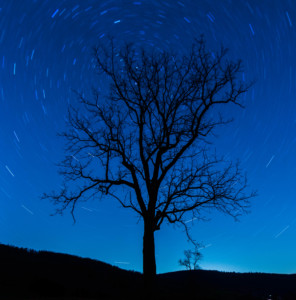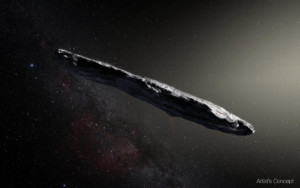Key information for official sites with agreements:
- Camp High Road is open unless specified on Camp High Road specific page
- C.M. Crockett is open only during periods specified on the Crockett specific page
- Meadowkirk observing requires explicit permission. See Meadowkirk page for details
- Sky Meadows State Park is open for vetted volunteers only unless posted on the Sky Meadows specific page
- Spruce Knob Mountain Center: See site specific page or contact site coordinator for availability

NOVAC supports this event by providing telescope views to visitors.
- Sky Meadows State Park (11012 Edmonds Ln.), behind the Mount Bleak House within the white fence.
- For individuals who are fully vaccinated face coverings and social distancing are no longer required. Individuals who are not yet fully vaccinated will be asked to continue face covering and social distancing procedures.

The discovery of ‘Oumuamua (1I/2019/U1) represented our first detection of a solar system object with an origin that was definitely outside of our solar system. Its name comes from Hawaiian meaning “first messenger from afar” yet deciphering its message has proved difficult and controversial. ‘Oumuamua was discovered by the Pan-STARRS telescope at the Haleakala Observatory in Hawaii on October 19, 2017, when it had already made its closest approach to the Earth on a hyperbolic orbit that would carry it back into the interstellar medium from which it came. Although currently classified as an interstellar comet, it has characteristics completely unlike any known comet. Its unusual shape, lack of a coma, and the fact that it exhibited non-gravitational acceleration has made its classification a complex problem. This talk will cover what is known about ‘Oumuamua and various proposals for its origin, including the suggestion that it is a product of alien technology.
Dr. Michael E. Summers
Sunday, June 13, 2021
7:30 PM to 9:00 PM EST
Online event
meet.google.com/osh-bcyd-gti
Monthly Meeting – Public Invited
Bio:
Dr. Michael E. Summers is Professor of Planetary Sciences and Astronomy at George Mason University. He has an undergraduate B.S. from Murray State University in Physics, Mathematics, and Russian, and a Ph.D. in Planetary Science from the California Institute of Technology.
His research focuses on the structure and evolution of planetary atmospheres. His research has concerned that of the atmospheres of Earth, Mars, Io, Titan, Triton, Uranus, as well as Pluto and its moon Charon. His recent work deals with biomarkers on Mars and extrasolar planets. He is a Co-Investigator on the New Horizons mission to Pluto that was launched in January 2006, performed a flyby of Jupiter in February 2007, reached Pluto in 2105, and did a flyby of Ultima Thule on January 1, 2019. Michael teaches planetary science, atmospheric science and astrobiology at George Mason University.
Rappahannock County Park is open to members and the public by permit only every Friday and Saturday night. For information about obtaining a permit, contact Torney Van Acker at torney630@gmail.com.
Rappahannock County Park is open to members and the public by permit only every Friday and Saturday night. For information about obtaining a permit, contact Torney Van Acker at torney630@gmail.com.
Rappahannock County Park is open to members and the public by permit only every Friday and Saturday night. For information about obtaining a permit, contact Torney Van Acker at torney630@gmail.com.
Rappahannock County Park is open to members and the public by permit only every Friday and Saturday night. For information about obtaining a permit, contact Torney Van Acker at torney630@gmail.com.
